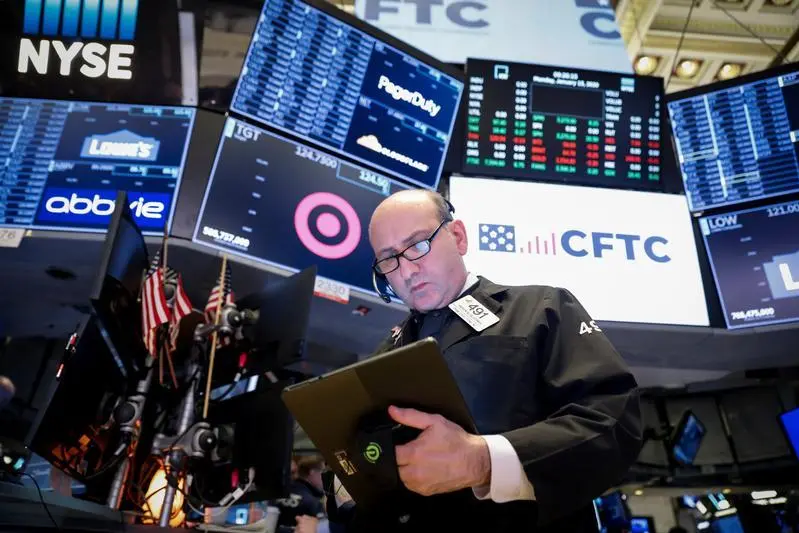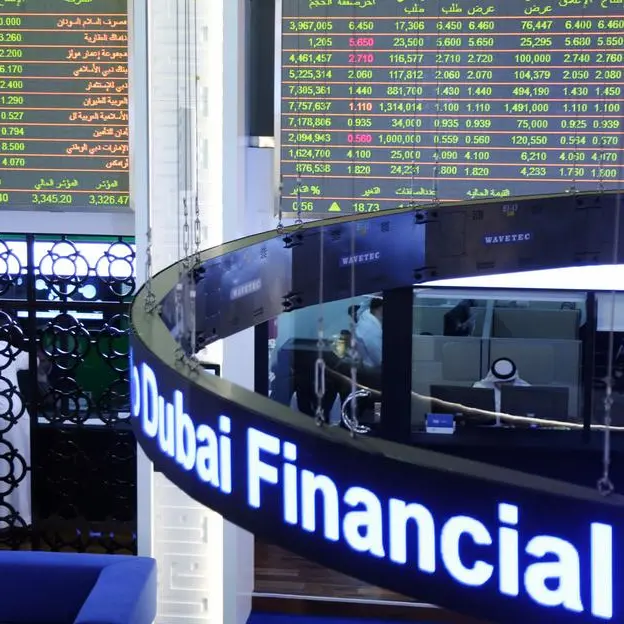PHOTO
NEW YORK - Sometimes numbers do lie, or at least mislead. The strong performance of U.S. equities in 2019 implies investors feel good about companies’ prospects. But while the S&P 500 Index rose roughly 30% last year, over $180 billion drained out of U.S. equity funds. The pull of loose monetary policy is obscuring a more pessimistic trend.
The Federal Reserve has skewed the picture in two ways. Interest-rate hikes and Chair Jerome Powell’s more hawkish comments were largely responsible for much of the 14% drop in the market at the end of 2018, which in turn made achieving a 30% spike in 2019 a lot easier. Second, its three rate cuts last year made equities even more appealing. When rates are low, investors prize growth more highly, and mathematically, the value of companies’ future cash flows in today’s money should go up.
More than 90% of the market’s eye-watering performance comes from investors being prepared to pay more per dollar of companies’ future earnings, according to Goldman Sachs. Indeed, with rates so low, the price-to-earnings multiple of the S&P 500 of 18 times forward earnings doesn’t actually look that high, according to the Fed model, which compares the estimated earnings yield with 10-year U.S. treasuries. That model is very rough, but the point is that lower rates can juice valuations, without anything else having changed.
Meanwhile, there’s one group still buying: companies themselves. The roughly $735 billion they spent on share buybacks in 2019, according to S&P Dow Jones Indices, was second only to the previous year’s record of over $800 billion. Issuing low-cost debt to buy back stock is a rational reaction when rates are so low. But it doesn’t hurt that this also can also boost earnings per share. Buybacks have supported equity-market performance since the financial crisis.
This isn’t to say the stock market is on autopilot. Equity returns in 2019 also moved in line with trade war fears at times. While earnings are expected to have fallen 0.6% in the fourth quarter, according to Refinitiv, analysts currently expect them to increase 9.6% in 2020. Those estimates have proven fickle in the past, though, and low long-term rates indicate little optimism about future growth. Investors eyeing U.S. stocks ought to watch flows, as well as prices.
CONTEXT NEWS
- Earnings of companies in the S&P 500 Index are expected to have fallen 0.6% year-on-year in the fourth quarter of 2019, according to Refinitiv data based on analyst estimates. This would be the second consecutive quarterly decline.
- The value of the index rose by 29% in 2019, without taking account of dividends. The index was trading at around 18 times forward earnings as of Jan. 13, according to Refinitiv, compared with a multiple of 16 in early October and around 14 at the end of 2018.
(Editing by John Foley and Amanda Gomez)
© Reuters News 2020











